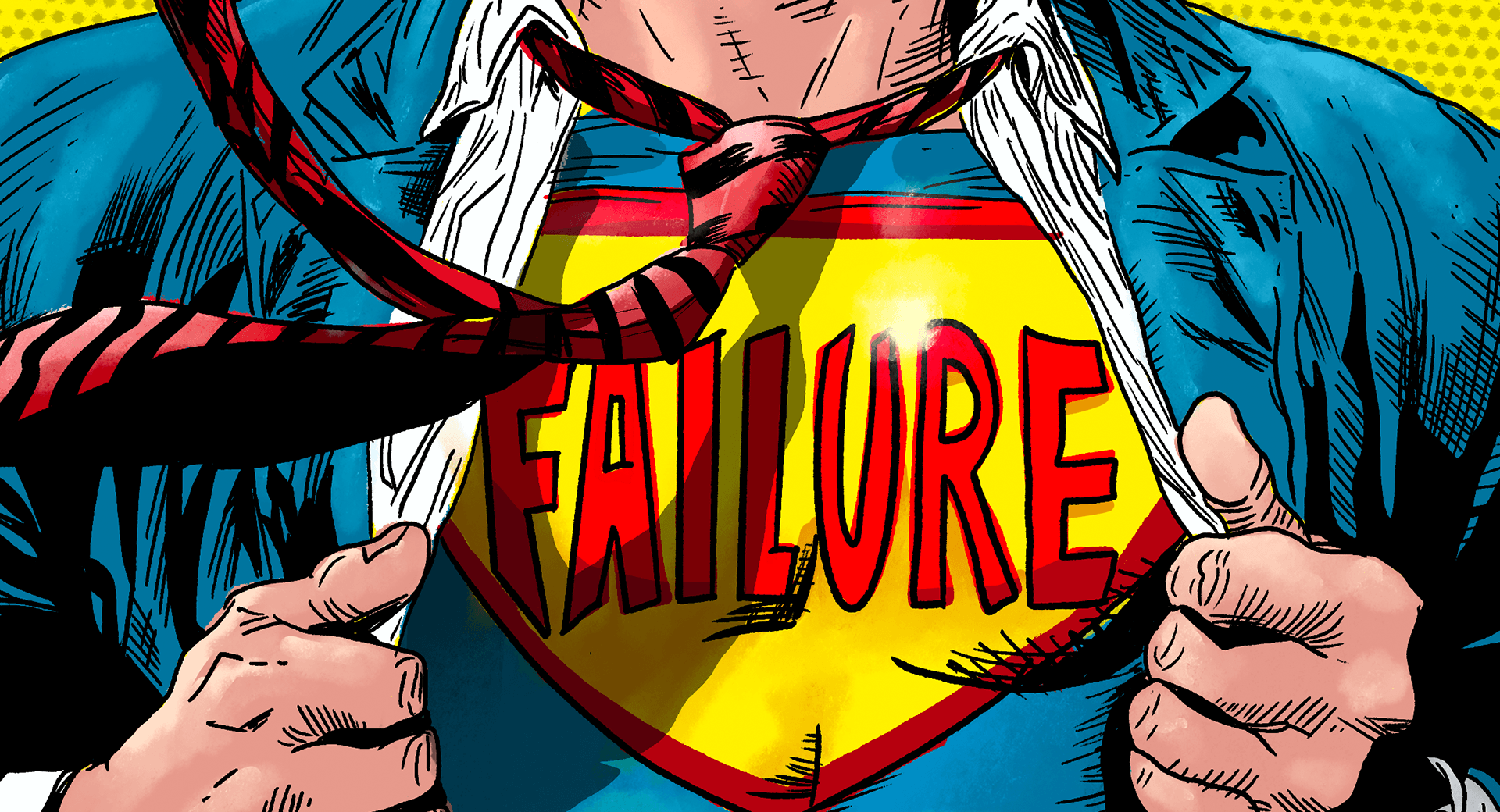
Have you ever noticed how heroes never have bad days?
Their bad days stay tucked away inside the phone booth along with a pair of wire-rimmed glasses, waiting for the heroics to end before they get buttoned neatly out of sight.
The real-life human heroes we need aren’t cut from the same spandex. Not even close. But their humanity is a sleeper cell of psychological safety. The failures we work hard to keep hidden are the key to humanizing leaders and eliciting the highest performance from the heroes in your hallways. Let’s explore.
Psychological safety is the key to growth
Just as we work hard to create a welcoming and safe environment for students, staff members thrive in a similar climate, with a few important, leveled-up caveats.When we discuss the importance of belonging, we’re not talking about multicolorful or meticulously logo’d décor and apparel. Belonging happens when an individual feels safe enough to count themselves a part of a group and do their best for the good of the group.
Time for a hot take: An individual’s best for the good of the group does not always equal toeing the line, especially in turbulent times calling for creative problem solving. High performers come in multiple packages, and some of the most difficult individual contributors end up growing into fantastic leaders. That process happens when leaders can offer psychological safety to try, fail, learn, and try again (rinse and repeat).
Modeling failure leads to psychological safety
So how does sharing your huge, embarrassing failure actually contribute more than a few chuckles at your expense to a whole schoolwide culture? So glad you asked. There are a couple reasons this goes way further than simply providing levity.Vulnerability unites us. With the full spectrum of humanity on display, leaders included, that pesky hierarchy that paralyzes growth for some of the more cautious among us seems to flatten out quickly. When everyone on the team is held to the same standards (namely, trying and being unsuccessful is okay and expected, even applauded) then everyone feels empowered to suggest improvement, do their best, and even try something a little offbeat to make a bigger impact on student achievement.
Vulnerability is scary. It’s fickle, and if things go wrong, it can fizzle out immediately. It takes a strong leader to inspire vulnerability in their team—because if an individual contributor is willing to be vulnerable, you must be willing to back them up. It’s truly a leap of faith that takes a lot of trust on both sides. Your team must know that you’ll have their backs, and you must trust they’ll uphold certain core agreements while pushing the limits of what’s possible.
Failure teaches us. How can anyone expect to suddenly achieve better outcomes when nothing has changed day-to-day? When teammates are afraid to try something new for fear of failure, they make no progress. They wait around for something to change, nothing does, and frustration blooms. Even worse, burnout sparks. Stagnation fans the flames. Pretty soon there’s no motivation to even phone it in. If we’re not trying and failing, we’re not learning and growing.
Failure moves us forward. While there’s no denying those epic flat-faced failures are unnerving, it’s undoubtably worse to exist in analysis paralysis. Leader or not, we know we need to move forward, but we’re not sure which path will lead us to the promised land where everyone applauds, and no one gripes at the board meeting (ha).
Embracing the possibility of failure doesn’t mean leaders and teams must throw caution and common sense to the wind. Take your time calculating, then take the leap. If you fall flat, at least you tried something and learned something—and that’s moving forward.
Be the first to try out this psychological safety net
Which failure will you showcase first? Odds are, there’s plenty to choose from if you’re the type of leader who is always pushing the limits of success. Next time you’re asked to share your secret to success, consider starting from the unexpected opposite extreme: what was your most epic failure?But more importantly: what did you learn?
Follow-up resource: More from the Advancing K12 leadership library
Explore more of what makes K12 leaders tick.WHAT'S NEXT FOR YOUR EDTECH? The right combo of tools & support retains staff and serves students better. We'd love to help. Visit skyward.com/get-started to learn more.

|
Casey Thompson Web & Digital Media Manager |



-(1).png)
